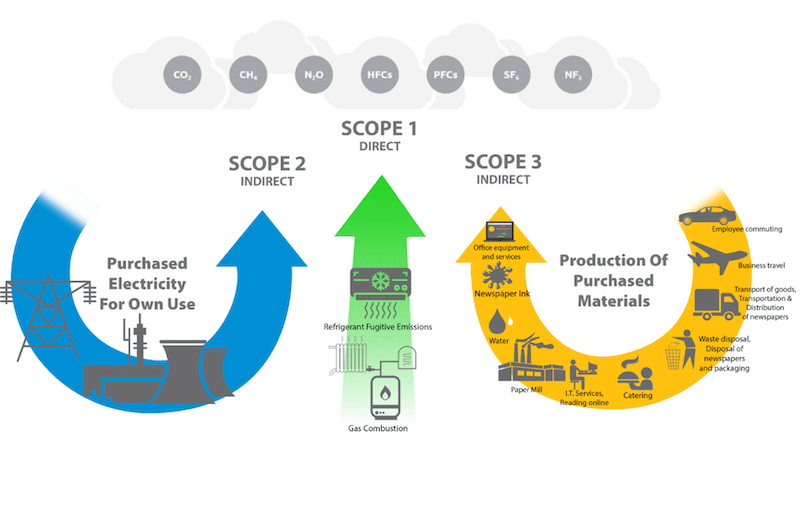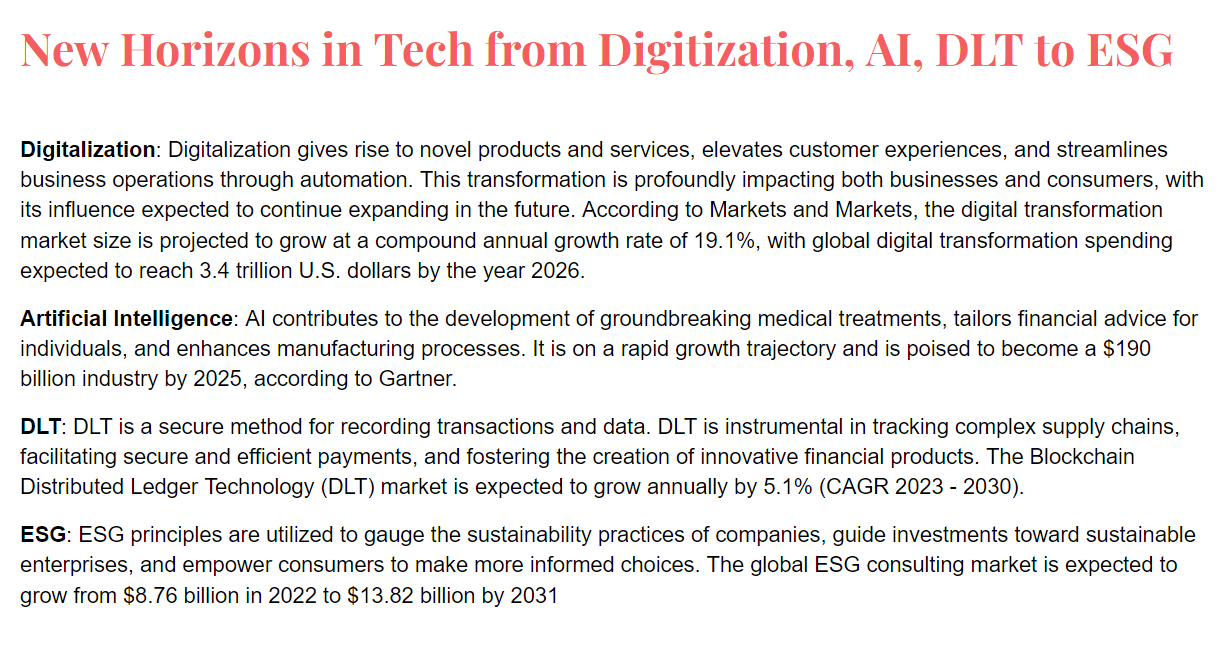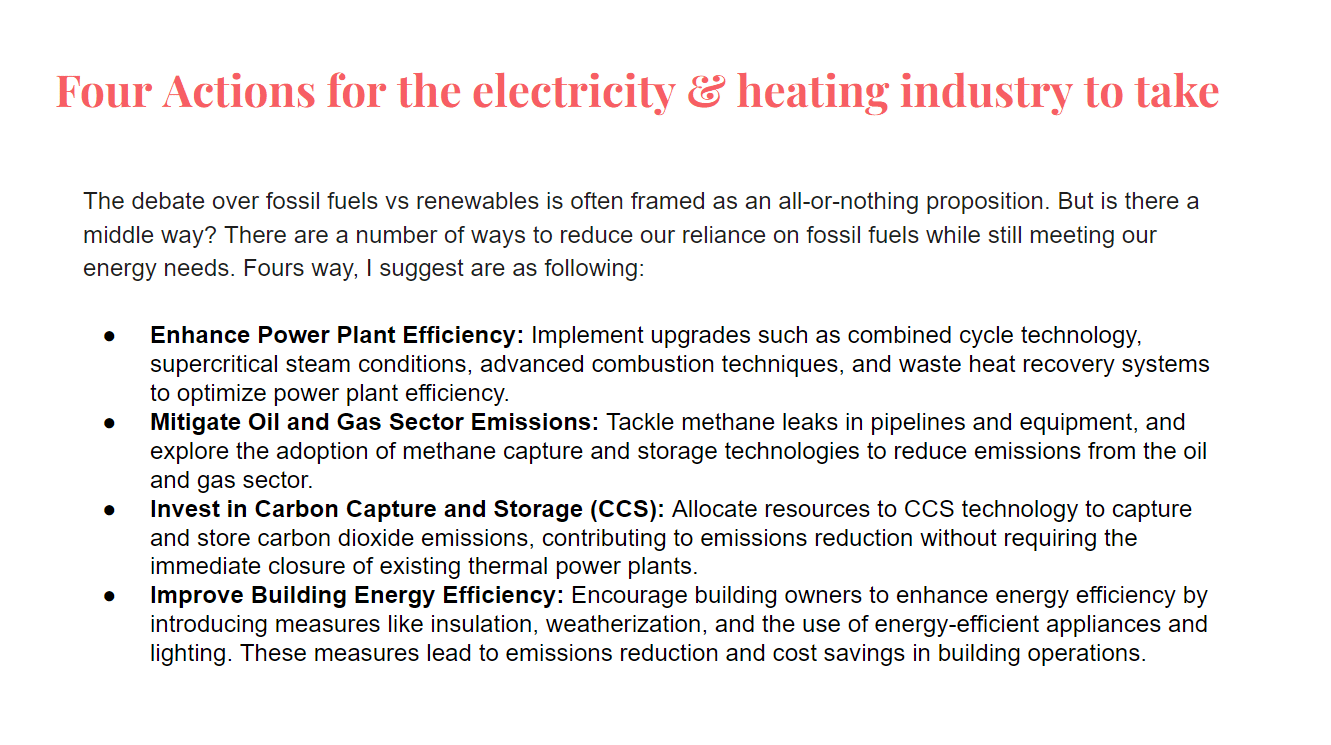“Net Zero” refers to the balance between the amount of greenhouse gas emissions produced and the amount removed from the atmosphere. Achieving net-zero emissions means that the total emissions released into the atmosphere are offset by measures that remove an equivalent amount of emissions from the atmosphere, such as carbon sequestration, carbon capture and storage, or investments in renewable energy projects. In essence, it implies that the organization or entity is not adding to the overall concentration of greenhouse gases in the atmosphere, which is crucial for mitigating climate change.

In the context of emissions scopes, which are used to categorize different sources of emissions, the goal for achieving Net Zero typically involves different approaches for each scope:
- Scope 1 Emissions: These are direct emissions from sources that are owned or controlled by the organization. Examples include emissions from on-site combustion, company-owned vehicles, and emissions from industrial processes. The goal for scope 1 emissions in achieving net zero is often to reduce these emissions as much as possible. While it may be challenging to completely eliminate all scope 1 emissions, organizations should aim to minimize them and then offset the remaining emissions through actions like carbon capture or reforestation.
- Scope 2 Emissions: These are indirect emissions associated with the generation of purchased energy, such as electricity, heating, and cooling. Organizations should aim to transition to renewable energy sources for their electricity needs or purchase carbon offsets to balance their scope 2 emissions. Ultimately, the goal is to reduce scope 2 emissions to as close to zero as possible.
- Scope 3 Emissions: These are indirect emissions that occur along the organization’s value chain, including emissions from suppliers, customers, and product use. Achieving net zero for scope 3 emissions is typically more challenging because it involves influencing the emissions of external entities. Organizations can work towards net zero in scope 3 emissions by collaborating with suppliers to reduce emissions, promoting sustainable product use, and considering product life-cycle impacts.
While the ultimate goal is to minimize emissions across all scopes and offset any remaining emissions to achieve Net Zero, it’s important to acknowledge that reaching absolute zero emissions in all scopes can be extremely challenging for some organizations, especially those with extensive supply chains. Therefore, a commitment to ongoing emission reduction efforts and continuous improvement is essential, even if achieving absolute zero emissions in all scopes may be difficult to attain. The aim is to make significant reductions and offset any remaining emissions to contribute to the global goal of mitigating climate change.



